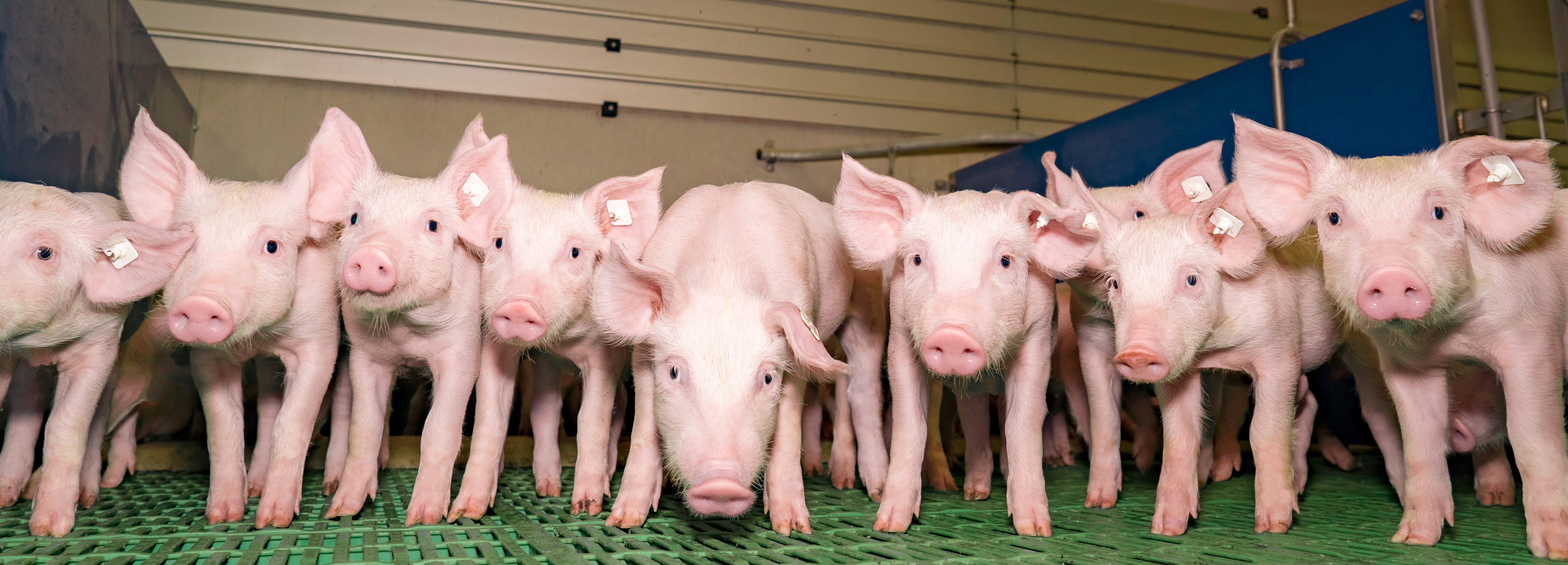



New review provides food for thought on the future of pig welfare
A global review of the international scientific literature around pig welfare has been completed by the Animal Welfare Science Centre (AWSC) at the University of Melbourne.
The report, Review of the scientific literature and the international pig welfare codes and standards to underpin the future Standards and Guidelines for Pigs, is funded by Australian Pork Limited. The team of researchers responsible for the review, Dr Lauren Hemsworth, Prof Paul Hemsworth, Ms Rutu Acharya and Mr Jeremy Skuse, provide recommendations and future research suggestions for welfare issues relevant to the Australian pig industry ahead of the development of new Australian Animal Welfare Standards and Guidelines for Pigs.
Pig farming is one of the most intensive of all the livestock production systems; animals are commonly housed in large buildings, with a high degree of automation to supply feed, water, heat and ventilation. Whilst the increased intensification of animal production methods has reduced or removed a range of welfare problems, such as predation, thermal stress, some infectious diseases and nutritional stress, it has also created or exacerbated other welfare problems such as restricted space and social contact, lameness and barren environments. Extensive livestock production systems are generally thought to be less restrictive, however they do still impose restrictions on animals, albeit with considerable freedom and there are different welfare risks including frequency of inspections, climatic conditions and natural disasters.
All aspects of pig production are attracting welfare concerns; sow housing, growing-finishing pig housing, transport and slaughter. In pig production, the most contentious welfare issues involve indoor housing (close confinement and barren environment), particularly of breeding sows, however potential welfare issues do also exist in outdoor pig systems, including the implications of nose-ringing, shelter, litter desertion, pre-weaning piglet mortality, wallow design and management, thermoregulation in winter, heat stress in summer, any implications of lower back fat, and the suitability of different genotypes.
The review provides conclusions, recommendations and future research for issues relevant to the Australian pig industry, including the following:
- gestating sows (including gilts);
- farrowing/lactating sow and piglets, including painful husbandry practices;
- weaner and growing-finishing pigs;
- boars;
- outdoor housing;
- specific physiological and behavioural problems in pigs;
- general management practices of pigs; and
- human resource management.








